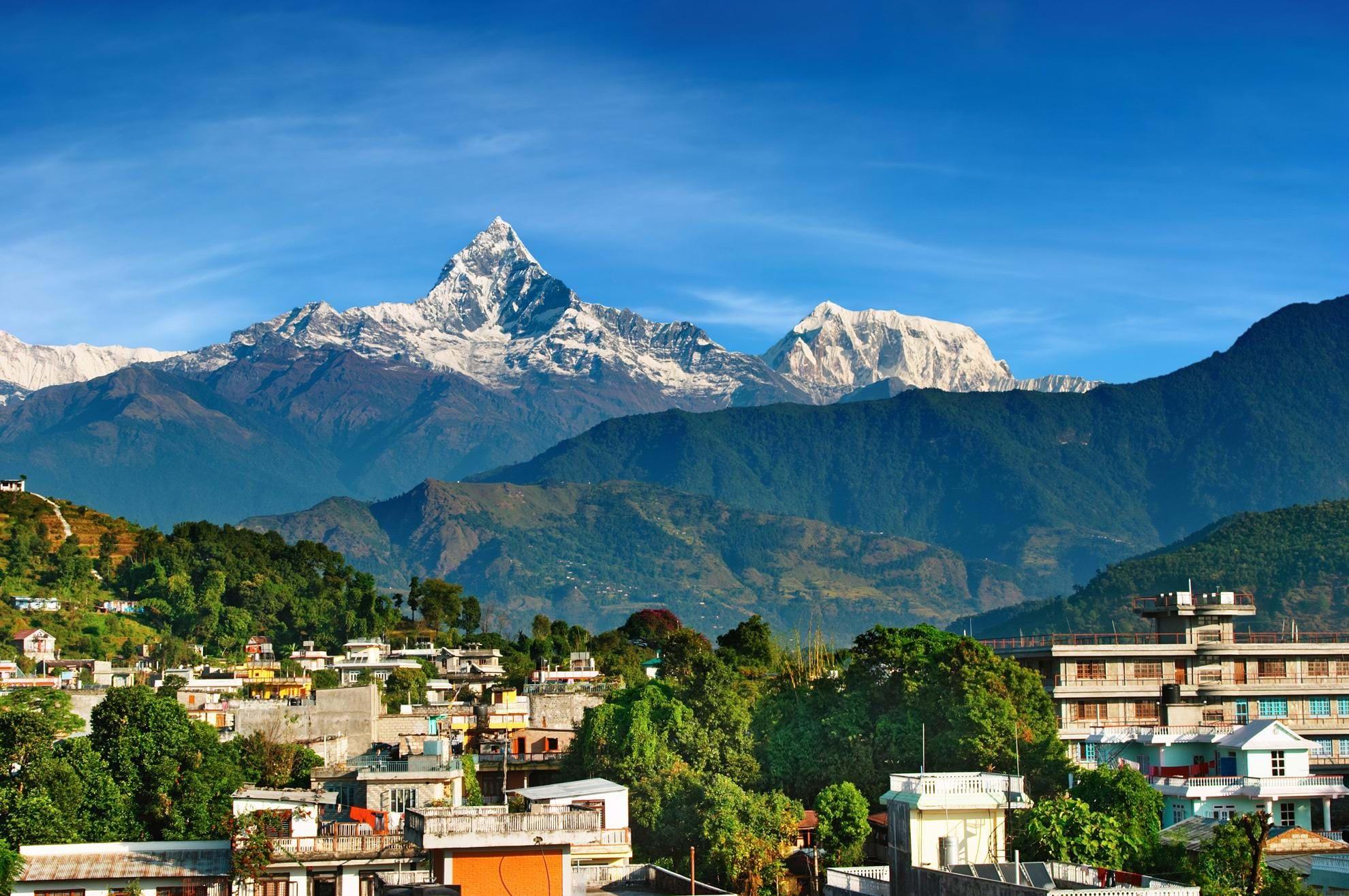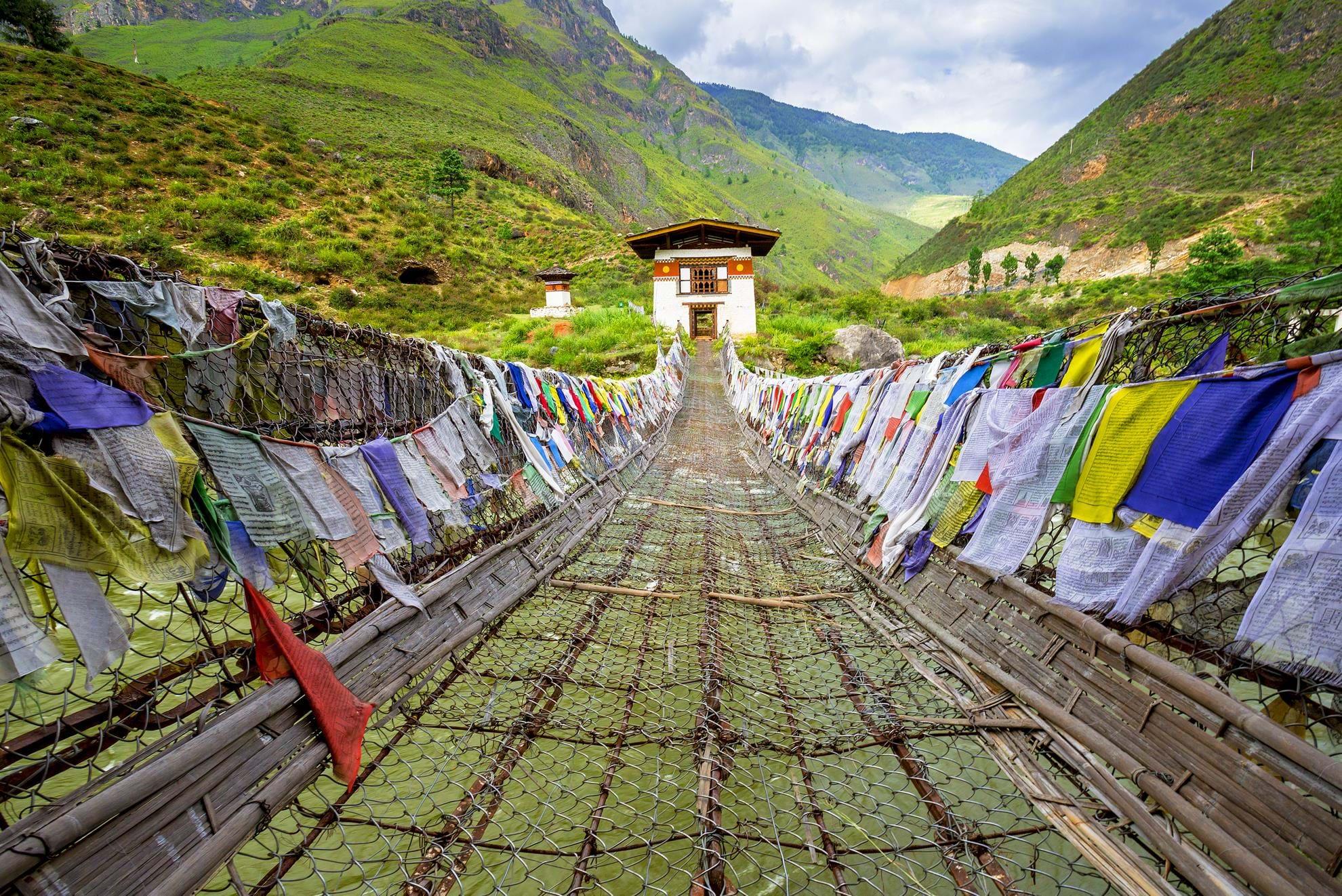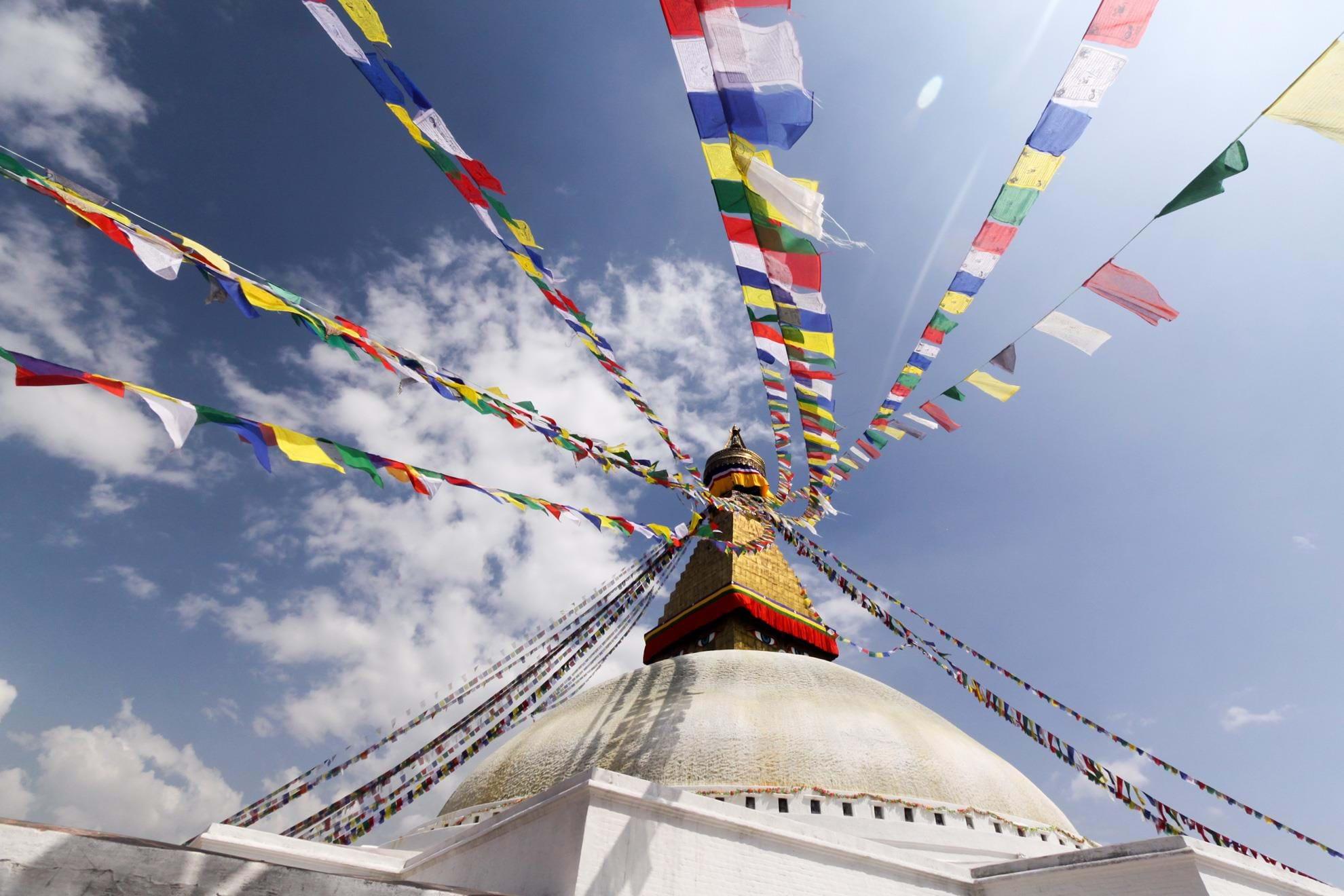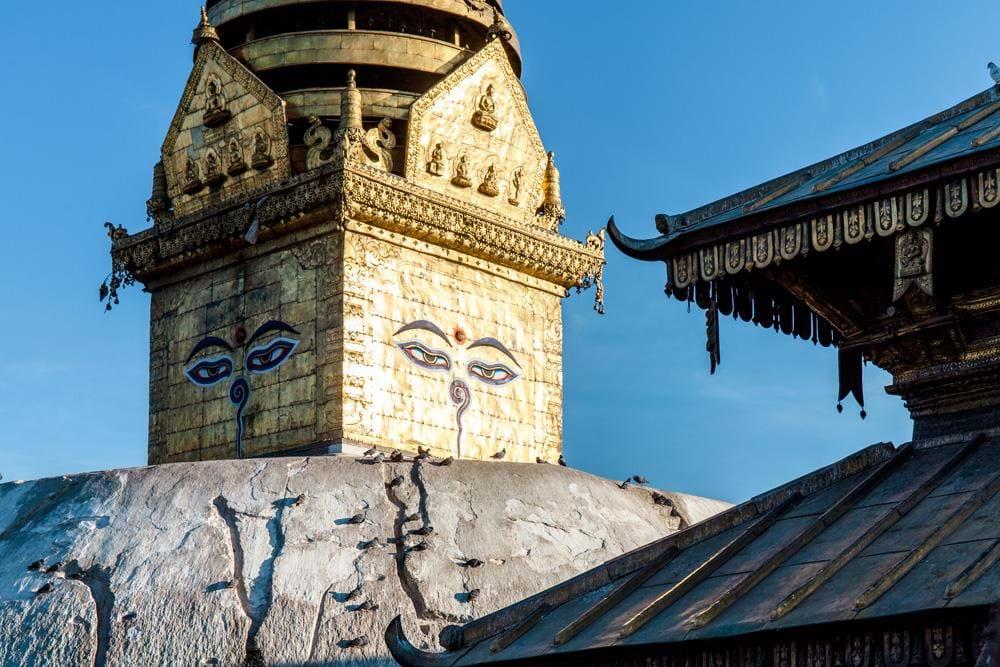Nepal 25.03.2015 Updated: Transindus
Nepal's capital is a colourful cacophony of sights and smells, from medieval temples to narrow alleyways, with plenty to see at every turn. Many people spend time in Kathmandu before or after a trek, but the city should be treated as a destination in itself and explored. Read on for inspiration on how to make the most of your time in this fascinating metropolis.
1. Durbar Square
Right at the heart of any trip to Kathmandu should be Durbar Square, where the Hanuman Dhoka Palace can be found. This was once the seat of the Nepali royal family and despite the fact that they moved from here more than a hundred years ago, it remains an interesting place to visit.
As well as the palace, there are a large number of temples dotted around the square, with the Taleju Temple being among the finest. It was constructed in 1564 and reaches 35 metres into the air. Also look out for Kasthamandap - the building that gave Kathmandu its name - and Kumari Bahal, where a living goddess is still said to live to this day.
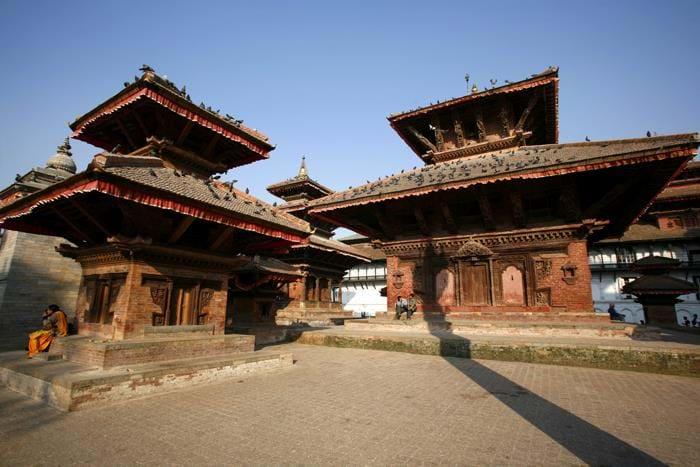
2. Narayanhiti Palace Museum
The Narayanhiti Palace was the next primary residence of the royal family right up to the dramatic events of 2001, which led to the dynasty coming to an end. Crown Prince Dipendra shot dead eight members of his family, including King Birendra and Queen Aiswarya, before turning the gun on himself.
It is thought that the motive was revenge for the refusal to approve the Prince's intentions to marry. King Gyanendra, who took over the crown, was deeply unpopular and the monarchy was abolished in Nepal in 2008 by way of public vote. Once the palace was vacated, it was decided to open the building up as a museum, which looks at the history of the royal family through photographs and possessions.
3. Boudhanath Stupa
The biggest stupa in Nepal, Boudhanath has an impressive diameter of 120 metres and is instantly recognisable as one of the most sacred places in the country. It is draped with prayer flags and surrounded by prayer wheels, with imagery including that relating to Mount Meru and the steps to enlightenment included in its design.
Since 1979, the Boudhanath Stupa has been inscribed on the United Nations Educational, Scientific and Cultural Organization (UNESCO) World Heritage List. The first stupa was built on the site in 600AD, when Tibetan king Songsten Gampo converted to Buddhism and there has always been one there ever since.
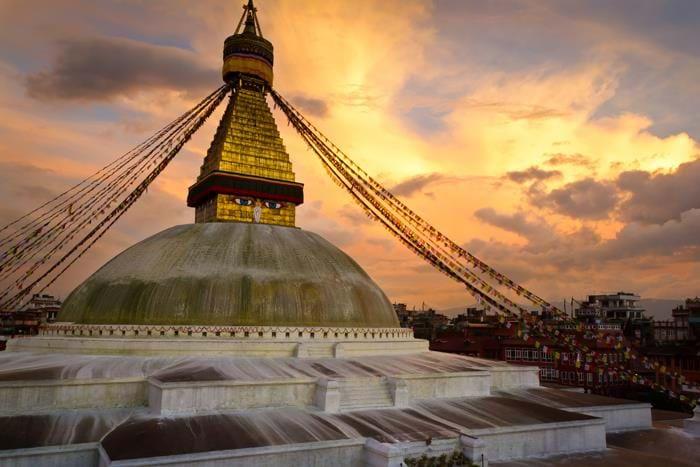
4. Pashupatinath Temple
The pagoda-style architecture and opulent gilded roof of the Pashupatinath Temple marks it out as the most important structure for Hindus in Nepal. It dates back to 1696 and was built on a prominent position on the Bagmati River. Non-Hindus are not admitted inside, but there is still plenty to see from the exterior.
Hawkers sell incense, conch shells and marigolds in the area surrounding the temple and several ghats to the west of the buildings are often used for cremations. After these ceremonies, Hindus can be seen undertaking ritual bathing in the river.
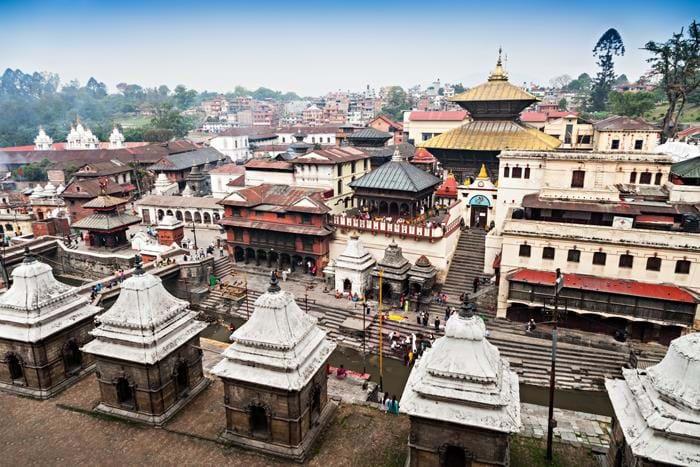
5. Garden of Dreams
Those looking for an oasis of calm in Kathmandu need go no further than the Garden of Dreams, which was inspired by a trip to England by Field Marshal Kaiser Shumsher. It was built in 1920 and is complete with three neo-classical pavilions, a central pond, fountains, pristine sunken flower beds and a set of lawns.
The Garden of Dreams was originally called the Garden of Six Seasons, with each section designed to represent a time of year in Nepal. Despite the fact that only half of the original space remains, this section has been beautifully renovated and manages to convey the overall spirit of the place.

